Amazon US lifted the price parity policy last week, opening the door to changes in the way sellers allocate competitive product prices across their multiple trading channels. Sellers trading on Amazon.com can now manipulate their product pricing points on their websites or other marketplaces as a differentiating point.
Amazon previously required sellers not to charge customers higher prices on Amazon than they charge elsewhere. The mandate aimed to have cheapest prices online by prohibiting merchants from offering products with a cheaper fee on their own websites or other marketplaces.
Amazon’s price parity policy had also raised concerns over its anti-competitive nature in the UK. In 2013, Amazon ended the policy in the UK and EU after The Office of Fair Trading (OFT) launched an investigation into suspected anti-competitive arrangements by Amazon relating to online retail. Before the OFT had decided whether there had been an infringement of competition law, Amazon informed the OFT that they planned to end it.
The abolishment of the Amazon US price parity may also be a result of increased scrutiny over the imbalance of competition in the market. In December 2018, US Senator Richard Blumenthal filed a complaint with the Federal Trade Commission warning that Amazon could “stifle market competition“. It’s highly possible that the trade watchdog has leant on Amazon to ease up its restrictions to make for a fairer online market.
However, the change of heart from Amazon puts a question mark whether the move will make any difference at all to sellers. Judging by the fact that Amazon lifted the restriction across the US and EU markets six years ago it would appear probably not. Natural competition between multiple merchants for the same or similar products, means that market forces generally keep price keen.
In your opinion, how will Amazon’s US price parity U-turn impact your trading performance?
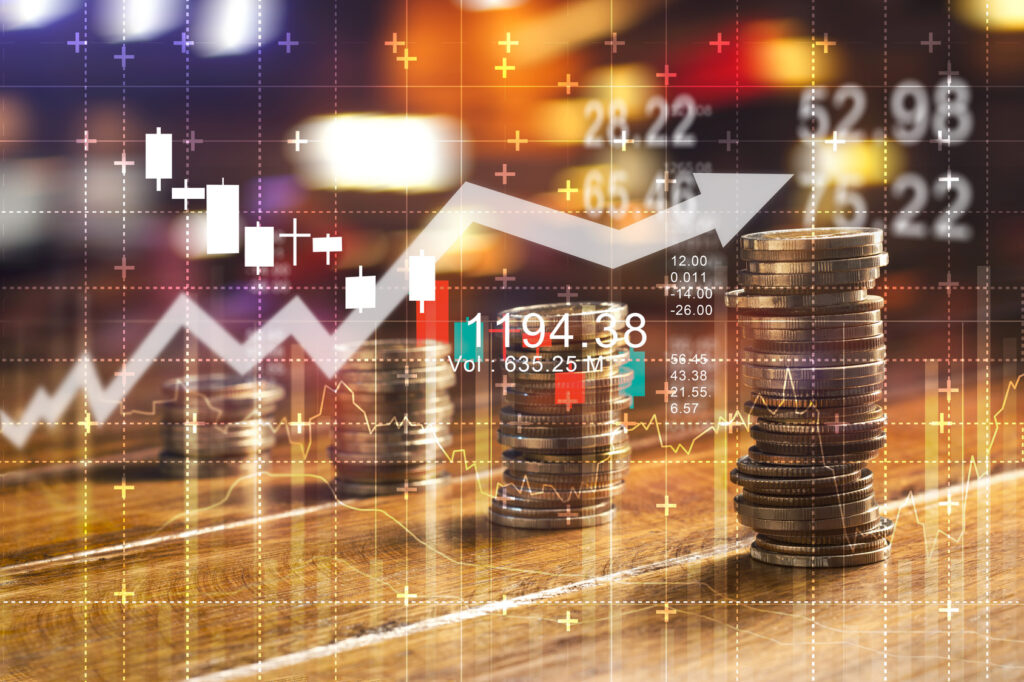




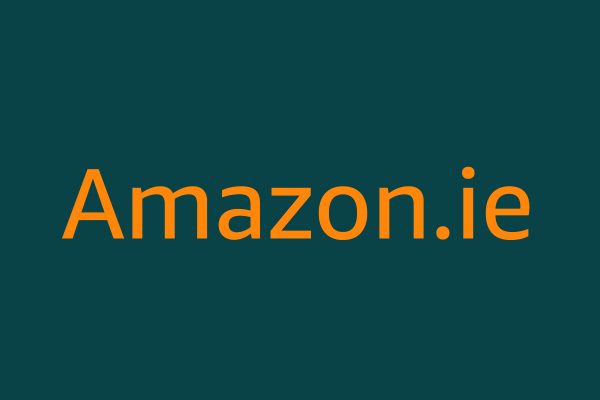
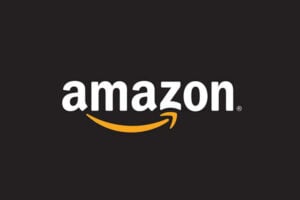
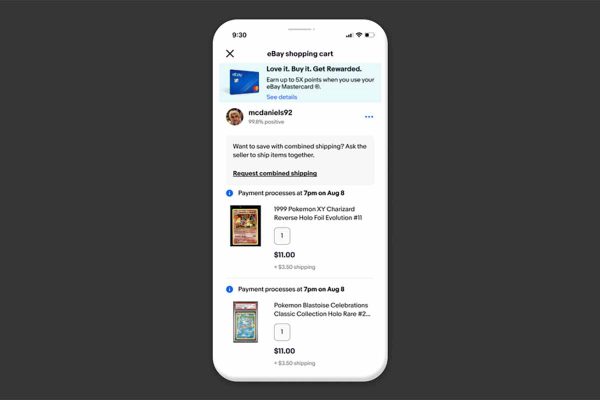

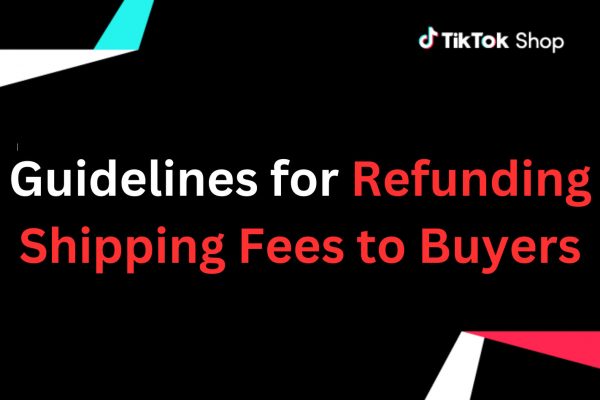
8 Responses
This policy change will have an effect over a longer period of time say 10 years. What will happen is that Amazon market share of online sales will fall from %50 to around %20. The reason is that all the larger companies such as Nike and Adidas will sell their products cheaper on their own website and millions of companies will do the same. The consumer is pretty savvy and they check around for the cheapest price. The consumer will find that Amazon is not the cheapest place to buy goods. There for Amazon market share will drop from %50 to %20 but it will take 10 years.
Think to yourself why do I subscribe to Amazon prime ? Answer is free delivery and cheapest prices. By Amazon removing its cheapest prices policy that removes a reason to subscribing to prime membership.
Also, when I subscribed to Amazon Prime some 5+ years ago, it hadn’t nothing to do with price then, or now, it’s simply convenient next-day delivery. For the most part Amazon has everything that I need to buy, so when I need it tomorrow, I buy it on Amazon, if I don’t need it tomorrow, I buy it elsewhere because it’s always cheaper elsewhere, yet even though I do this (and I’m certainly not alone), Amazon still have dominant market share.
It’s all about the way it’s advertised. Everything on Amazon is told to be “Guaranteed” whereas on eBay it’s only ever “estimated”. Change the wording on eBay and it’s becomes a different ball game imho.
Why would I ever use Amazon if everything I wanted to buy is available on eBay cheaper and I’m told it’s guaranteed to be with me tomorrow?
It’s because nothing on eBay is ever guaranteed, instead you have to work it out or work hard to find it. That’s a time-cost to me as a business owner, Prime pays for itself because I don’t have to spend more than 30seconds finding the item I need and I get it delivered tomorrow for free.
Significantly better for the US customer … it will now be possible for third parties to undercut Amazon (even if a little less convenient for those who use Amazon as “the default setting” to get the cheapest deal). Amazon will have to work a bit harder to offer an overall package that completes, despite often not being the cheapest. It has beem a real step forward in the UK.
And maybe, just maybe, the breaking up of Amazon has been pushed back just a little further in the furture.
I don’t know. As a USA seller, this parity reg. was ONE of the reasons I didn’t sell on Amazon. When you sell in numerous places, including a website, maybe Facebook, who has time to make sure that your Amazon prices are no greater than the prices on the least costly venue (where naturally my prices can be lower.)
This anti-competition rule had the potential to control everything I did to promote my business, and make it impossible to react to changes by competitors or promotions on those other venues.
Granted I am a small business, and Amazon PROBABLY wouldn’t come after me. Or would they? They’d probably be more likely to kick me off their site for life than Nike.
Amazon will hide products with lower prices in search. Amazon crawls merchants websites (sometimes crashing them) in search of pricing information. At one time I received a pricing parity violation, since them we have blocked every Amazon pricing bot and AWS IP that appears on our site.
Amazon has confidence in their price blocking plan. If you don’t give Amazon the lowest price, you will be invisible.
Amazon did used to operate the price parity rule in Europe but it was challenged in Europe on 2013 and they had to drop it.
We’ve always traded on Amazon under a different brand name and provided a slightly different version of all products sold on Amazon so that they’re not 100% identical.
We mark up Amazon prices by 20% over our retail site price and 10% for eBay to encourage customers to shop direct. Whenever we incur a cost price increase we always apply it to third party marketplaces only (unless it is substantial). This has worked well in that although sales are falling on Amazon they are being replaced by direct sales which are free of commission and fees.
More and more I find Amazon is not the cheap haven that many think that it is. I might start there and then find what I want and check the websites of the retailers. Most of the time they are selling cheaper direct.
Just this morning I was looking for an a computer peripheral and it was £59.99 on Amazon and £51 direct from the seller’s site.
Whilst Amazon are a necessary evil they can often be unreasonable and the seller support is non existent. The new move to withdraw expedited delivery giving seller’s premium shipping as the only fast delivery service with very strict metrics is yet another crazy move that will lead to lower sales. Amazon’s constant meddling is tiresome and it is their customers that will ultimately pay the price in higher pricing and restricted delivery options. At least the removal of the pricing parity policy should allow our friends across the Atlantic freedom to generate more direct business.